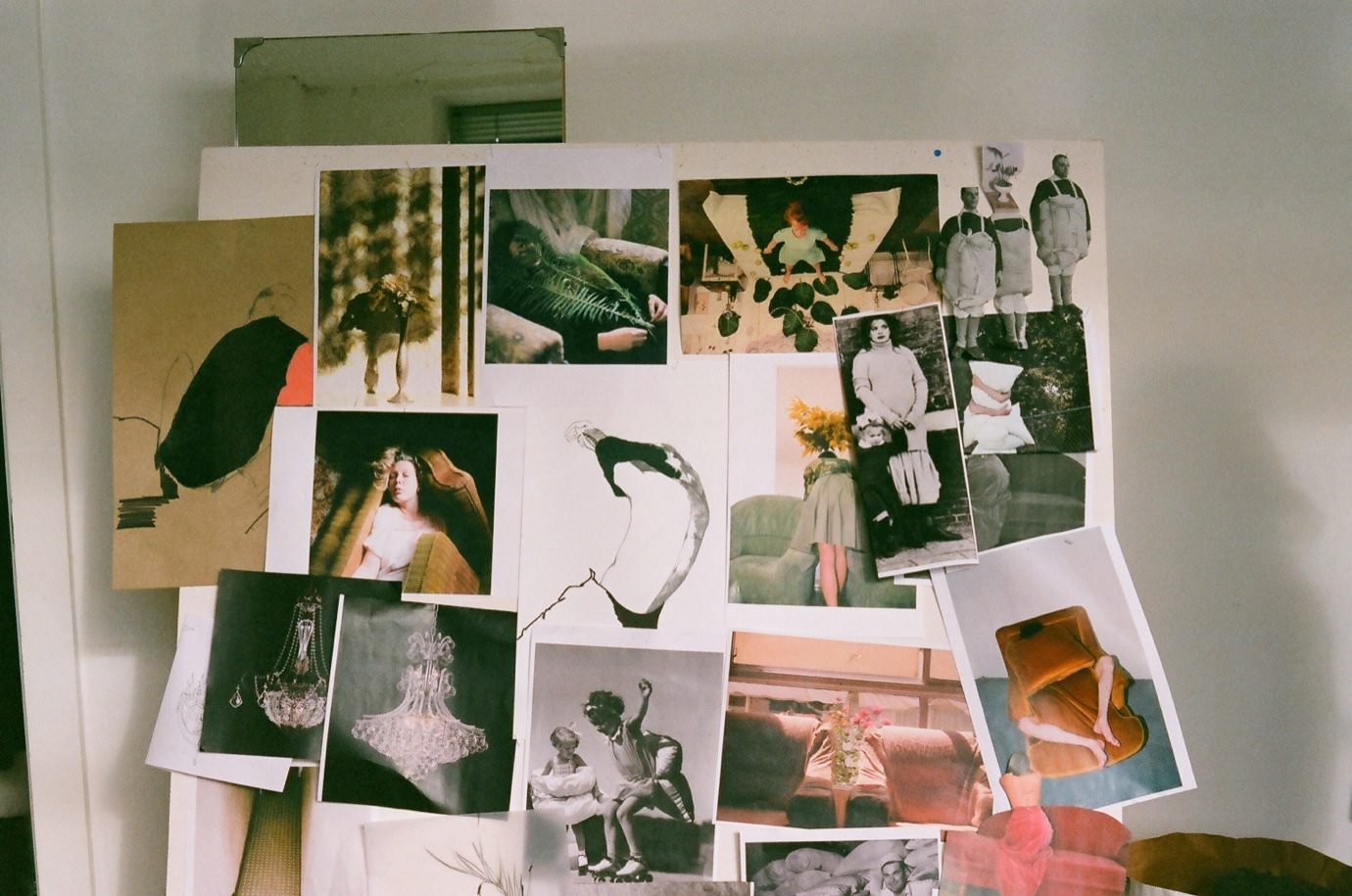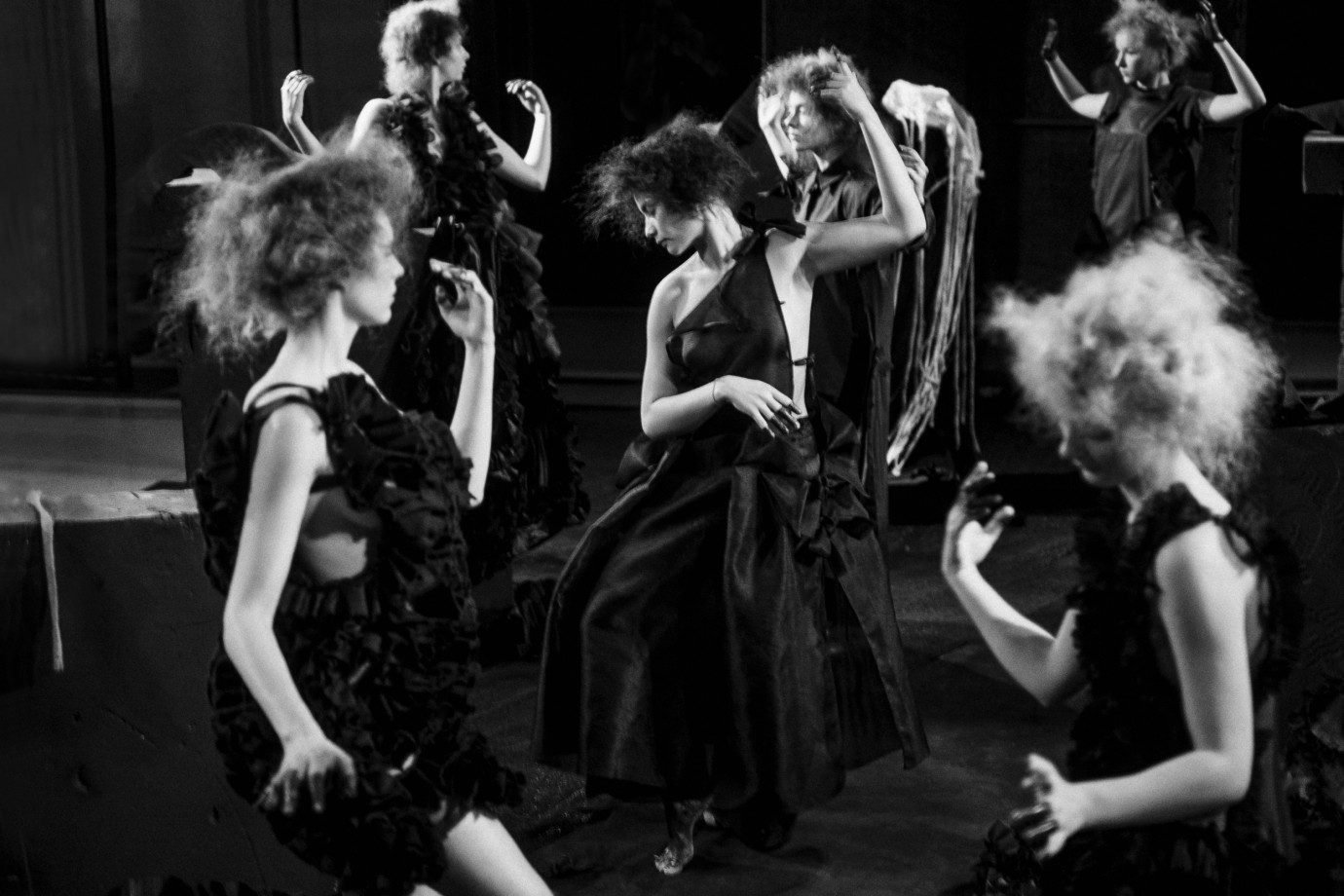You named your brand after a popular 80s Manhattan nightclub. What was it about this place that resonated with the vision you had for AREA?
It’s funny, I feel like people made the interpretation that we named the brand after a club, but it’s not quite how it happened. When we started, we were looking for a name that could fit a brand and we knew that we didn’t want to start something that was about us per se – it was more about a studio, a collective space, a literal area where we can come together and collaborate with other creatives. And while this was happening, the founders of the downtown club Area – which was actually a block and a half from our old studio – released an amazing book that same week. Area was an art club that used to be constantly flipped on its head; every weekend there was a new super creative theme. They went out of business in the end because they were basically rebuilding a whole club every weekend. Also, it was different than Studio 54, glamorous in a more downtown way, which we found quite cool. So it was this weird synergy of things coming together at that moment that made us stick with the name AREA.
“The thought of doing something on our own kept coming back, and finally, we were like, ‘If we’re going to do it, let’s do it right now because at least we’ll still have time to recover if it ends up being a failure.'”
What drew you to working together with Beckett at Parsons initially and how has your collaboration developed over the years?
It started just by walking past each other’s classrooms and reacting to each other’s work. Although we weren’t in the same year, the classes at the MFA course were super small, so it was really easy to connect with other students. And once we connected, I started to assist Beckett with prepping for her thesis collection. After that, Beckett said that we should start a brand – she comes from a family of entrepreneurs, so for her, it’s easier to have this gutsy mindset. At the moment, I said: “Let me graduate first and you go and gain experience somewhere, and then let’s see how it pans out.” So she went to work at Calvin Klein Collection for a bit, but the thought of doing something on our own kept coming back, and finally, we were like, “If we’re going to do it, let’s do it right now because at least we’ll still have time to recover if it ends up being a failure.” So it was all quite naïve, we didn’t really know what we were getting into. We had an idea and a dream but we didn’t really grasp what it would mean, which was also quite good because it proved that you can learn a lot by just trying.
We’re very different as people and over the years we naturally started to break up the way we went about our business. I do all the designing and creative direction – I actually do that with my husband, Kareem, who’s our digital manager – and Beckett is a lot more business-focused. We saw that in order to make the brand happen, we needed to build a team structure with people that we could have a dialogue with. We always discuss everything together from design to budgets, to marketing, but at the same time, we all have our own responsibility in making it work.




















